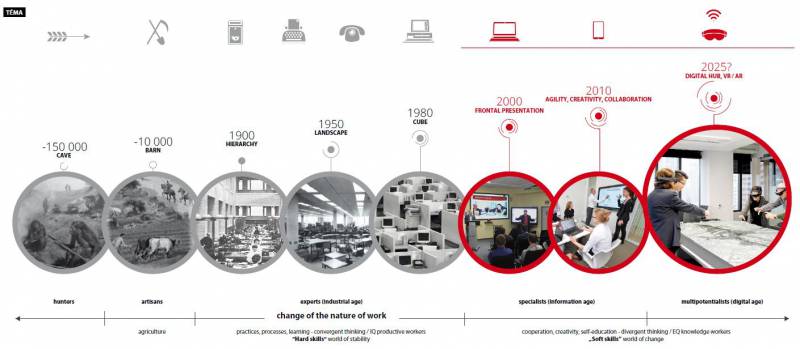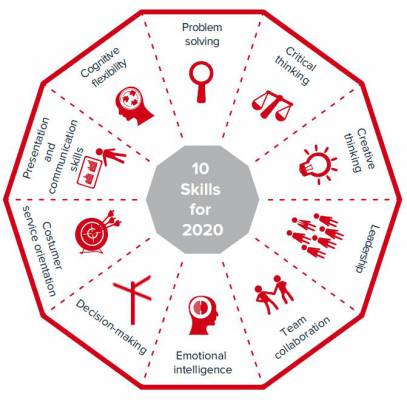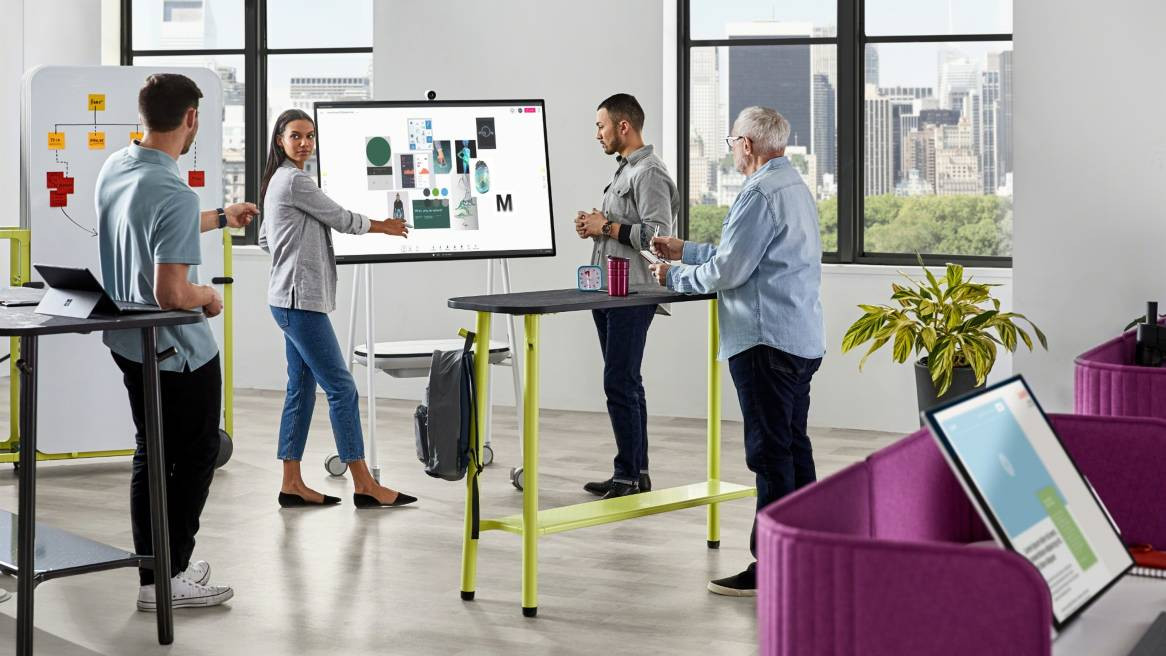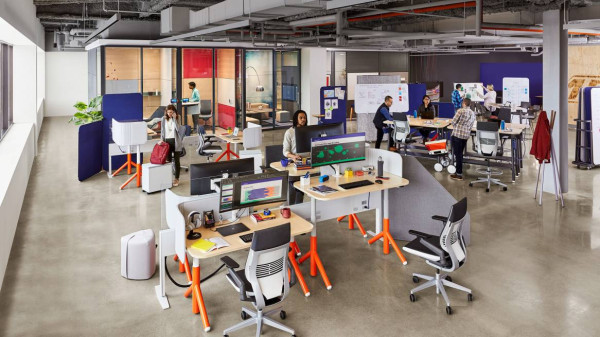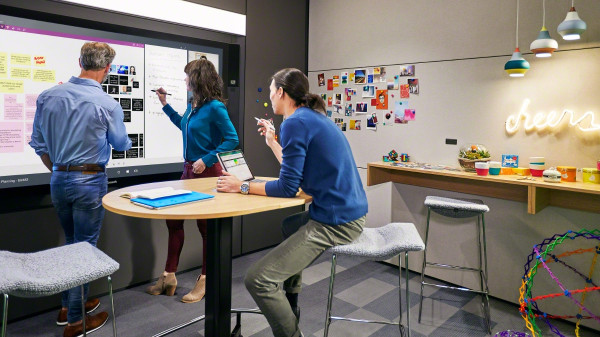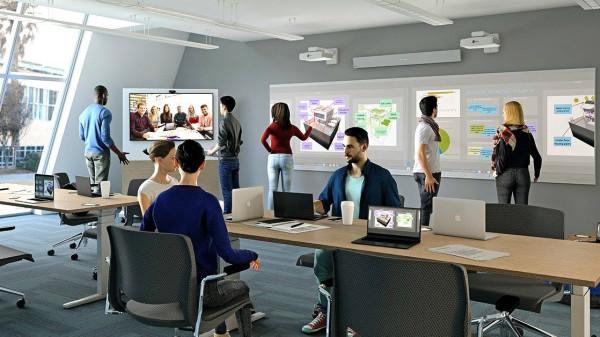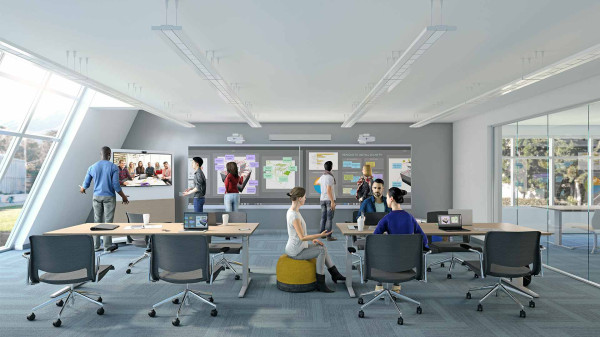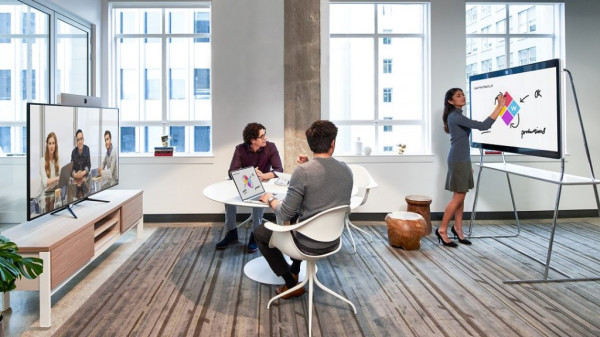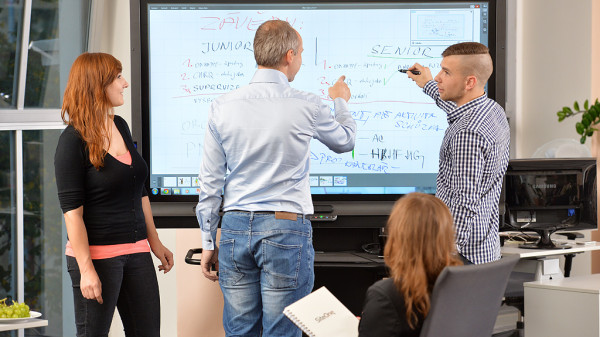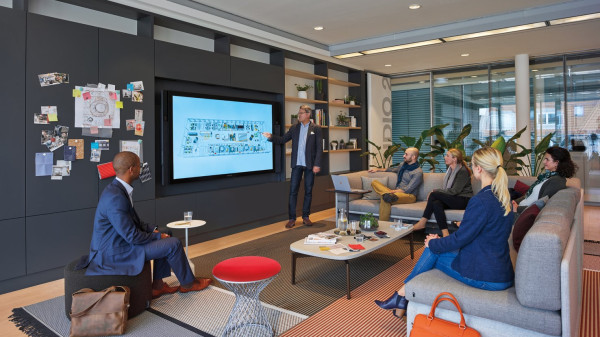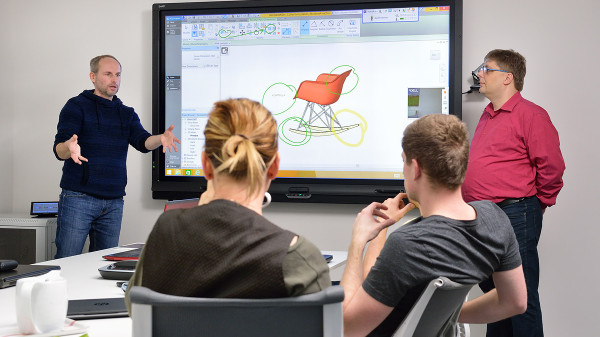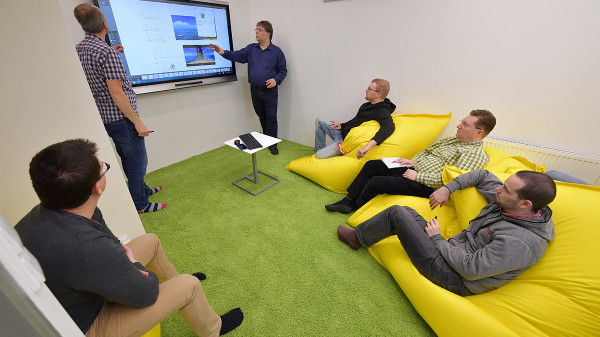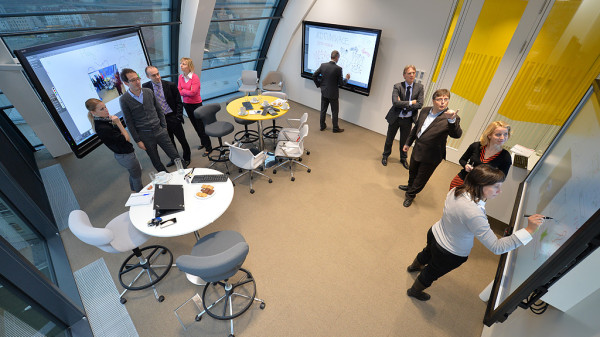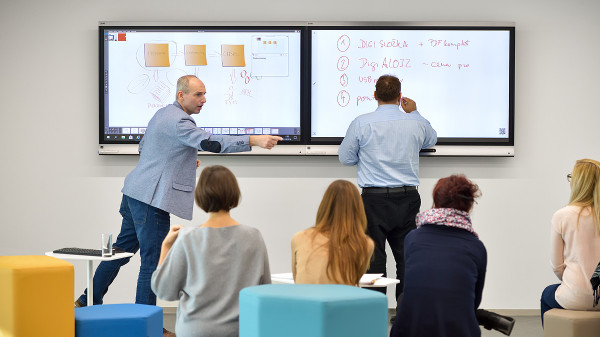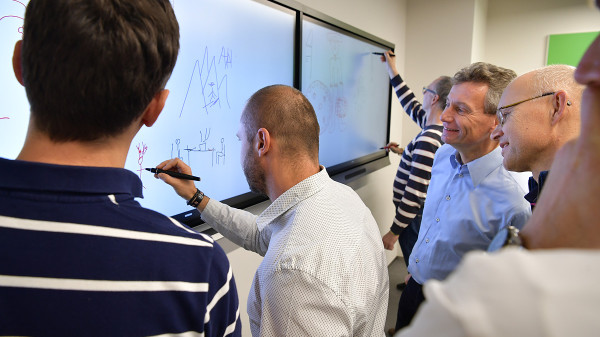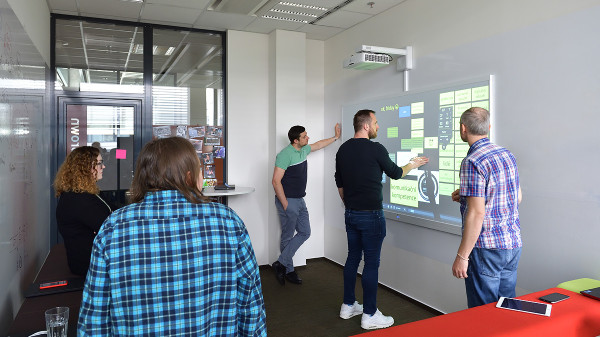
Technology has the potential to improve and change the way we work now, yet much of the future of the work is devoted to the scenarios of how we all lose our jobs.
You've probably read stories of technological progress, machines / robots, and artificial intelligence that will take over all of us. The future of work, where jobs, or even the entire profession, are sacrificed in favor of automation and efficiency. But this is just one way to look at the future of work.
According to a recent study, modern technologies and artificial intelligence (AI) significantly influence the growth and future of organizations. Successful leaders are starting to use technology for repetitive / operational tasks, but also to become more effective leaders. In other words, they support growth, set the right decisions, invest more time in the development and motivation of their teams to come up with new, fresh ideas. Technologies have a positive impact because busy leaders become leaders more human and understanding.
“Technology can greatly enhance human potential. However, to make a better future of work, we need to understand where do we come from, where we are now, where we want to be and how we want to get there. Once we understand this connection, we can use the technology to make the necessary changes,” says Jiří Plátek, Marketing Manager at AV MEDIA, a.s.
We find ourselves on the brink of a technological revolution that will fundamentally change the way we live and work. In such a scale, volume, and complexity, something completely new, something that humanity has not yet experienced.
Where do we come from?
Homo sapiens didn't triumph over chimpanzee with his agility or greater cleverness, it was however thanks to the flexible cooperation and creative minds of a large number of totally unknown people. Certainly, intelligence and tools have played an important role - if people didn‘t learn to work in a team, our clever brains and skillful fingers would still be playing with flints. Thanks to cognitive revolution about 70,000 years ago, Homo Sapiens is the only being that can flexibly collaborate and tell real or fictional stories.
The basic skill of a person has not changed much over the last 150,000 years, but the network of stories is steadily strengthening and shifting the history from the Stone Age (presentations of cave paintings) to the Silicon Age (presentation and sharing of digital content in office spaces). Imagination, reason, palette of emotions, tenacity and courage not only help humans to live in different conditions, but also to change their environment. Man is different from animals and machines because of his imagination. Man can think into the future, discover, and use different human talents with coherent abilities.
Where are we now?
Today's world is a mixture of old and new attitudes and adopted habits. In recent years, technology has transformed working processes, but has not been able to significantly improve the quality of work life. The main goal of the industrial revolution was to increase efficiency and speed up the processes. Work tools and human attitudes failed to keep pace with changing needs and expectations. For example, traditional office space suits some people, but not everyone. In many cases they have been designed with efficiency in mind, not emotional, mental or physical well-being.
If you design office spaces that allow people to do their work, you will achieve the socalled human nature that works for millions of years. The true needs and wishes of people are not based on a ping-pong table or a few extra days of holiday. People must find a purpose and a sense of work.
Organizations are only aware of the importance of employee in regards with their performance and productivity. Efforts to improve engagement have largely failed. Nine out of ten employees around the world do not enjoy their work. Fortunately, this monotonous approach is changing in many organizations.
Where do we wa nt to be?
We all want to do work that is meaningful, pleasant and fulfilling. We all want to work for organizations that have satisfied, motivated and committed employees. We expect support and encouragement from first-line leaders and managers. We all want to be considered as individuals and valued for our own unique abilities.
Not only is it desirable, it is also necessary because otherwise the engagement of the employees will continue to decline. In the future, organizations will need to place employees in the center of their decisions. However, to accomplish that they will need to understand better the needs of individuals and wishes of the people. And it is here where the opportunity to use technology, machinery and artificial intelligence appropriately opens up.
How do we wa nt to get there?
Once we know what we want, we can start using technologies as tools to make change. Technology can help organizations to focus on people's needs. That's exactly what we should do first. Use technologies that are designed to enable better ways of individual work and teamwork. The goal is to enhance the user experience to better understand what makes individuals happier.
The role of technology is not to replace people, but to strengthen unique human skills such as collaboration, communication and creativity. The future of work is based on people, their commitment and satisfaction. These are indicators of the true success of the future work change.
Non-cognitive (soft) skills such as determination, curiosity, perseverance, imagination, creativity, teamwork, empathy, emotional and social intelligence, inner motivation, self-consciousness or understanding of consensus are the driving forces, nowadays. Cognitive (hard) skills will be gradually adopted by automated platforms, software and systems.
The twenty-first century needs so-called (universal) polymaths, multipotential or renaissance people who have many interests that are proficient in many disciplines, crafts, sciences or arts. These people come up with novel ideas, thanks to the combination and understanding of two or more disciplines. They are able to learn and think faster, head to head, are not afraid to step out of the comfort zone and, last but not least, are ready to adapt quickly to change.
The organization can have the latest technology, the most efficient processes and the most beautiful office spaces, but at the end of the day it will be just the attributes. Real work is done by people. It is no surprise that the most successful office space is designed according to the needs and wishes of the people.
Are the hyper collaborat ing teams coming? Why now?
Teamwork is constantly strengthening. Ninety percent of people agree that collaboration is necessary to create new and better ideas. When people work closer together, they innovate faster, achieve better results and are more satisfied. Collaborative organizations are five times more powerful, according to the Institute for Business Productivity.
Hyper-collaborating teams are expected to be able to solve complex problems in the shortest possible time. Very different to their predecessors, who could focus on individual tasks and then present them as their contribution to the entire team. Hyper-collaborators consist of specialists and versatile people who actively collaborate with each other. Specialists can deeply delve into a single thought which they transform into a real idea. Universals bring to the project a wide range of knowledge from several disciplines. This is the perfect partnership for mutual learning and curiosity. The work of hyper-collaborators consists of a neverending exchange and sharing of digital information that is fundamentally different from the way teams worked together.
“What is different about hyper-collaborating teams? Think about the differences between a swimming team and a football team, ”says Jiří Plátek. “Swimmers stay in their swimming lane, but footballers are constantly moving and running from side to side. They must rely on each other to win. And this is precisely what hyper-collaborating teams need. Crossing at a fast pace, reflecting among team members, changing and improving ideas. Everyone is responsible for ensuring that the work continues smoothly.”
In addition, hyper-collaborating teams appropriate project thinking and agile behaviors that were previously beneficial to IT departments or creative groups. Today, in many organizations morning stand-up meetings, design sprints and workshops are taking place, which are new ways of working that require new office space arrangements and appropriate technology choices. "The future of work needs a new rise of hyper-cooperating teams of specialists and universal polymaths," concludes Jiří Plátek.
















